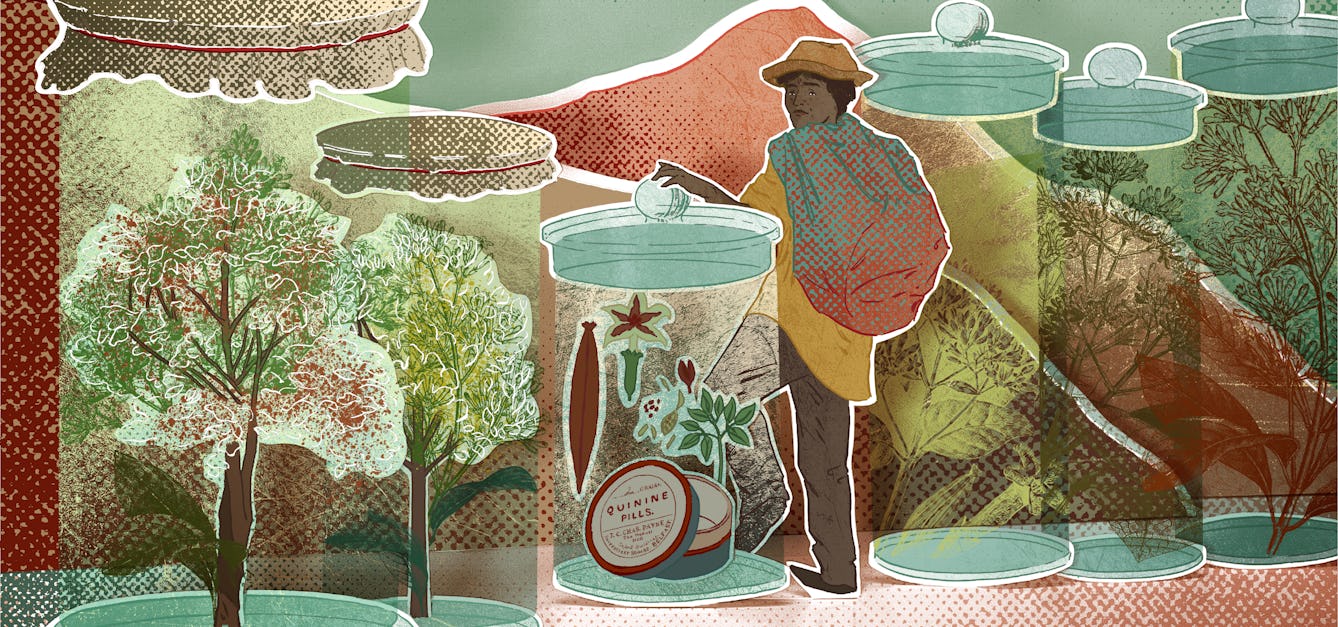Stories

- Article
Hunting lost plants in botanical collections
A bark specimen at Kew recalls the story of a South American man who harvested the most potent source of the only effective malaria treatment available in the late 1800s. Killed for his work and forgotten by history, Manuel Mamani was a victim of the colonial juggernaut.

- Article
Foraging for a taste of the past
Follow tips from a professional forager to recreate delicious 18th-century recipes from plants growing wild in parks and on urban wasteland.

- Article
How Indigenous insight inspires sustainable science
The forest of the Amazon Basin is inextricably bound up with the lives of the Indigenous peoples living there. Find out how they feel about the forest, use what it provides, and try to protect it from aggressive commercial exploitation.

- Article
On nature cures and taking the waters
When chilly outdoor swims began to chip away at her depression, Jessica J Lee was drawn to a closer study of the complex natural world around her.
Catalogue

- Pictures
- Online
Two climbing plants: leafy stems. Watercolour.
Reference: 23276i
- Books
- Online
The movements and habits of climbing plants / by Charles Darwin.
Darwin, Charles, 1809-1882.Date: 1905
- Books
- Online
The movements and habits of climbing plants / by Charles Darwin, F.R.S.
Darwin, Charles, 1809-1882.Date: 1891
- Pictures
- Online
Screwpines (Pandanus species) covered with climbing plants, surrounded by lush tropical vegetation. Wood engraving, c. 1867, after C. Whymper.
Whymper, Charles, 1853-1941.Date: [1867-1875]Reference: 20942i- Pictures
A climbing plant stem with trifoliate leaves. Watercolour.
Reference: 23264i









